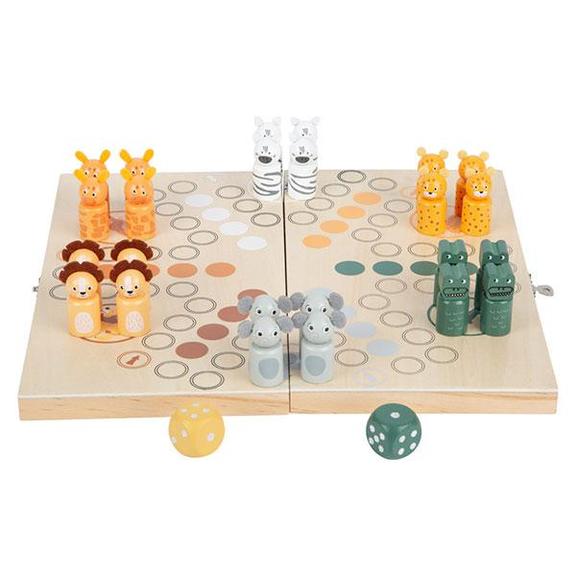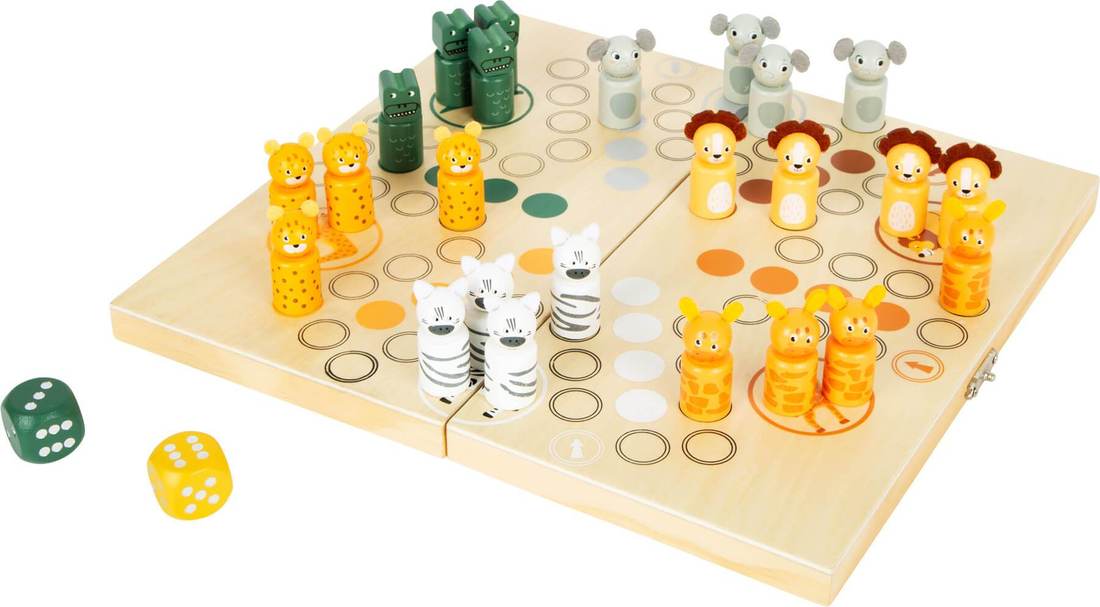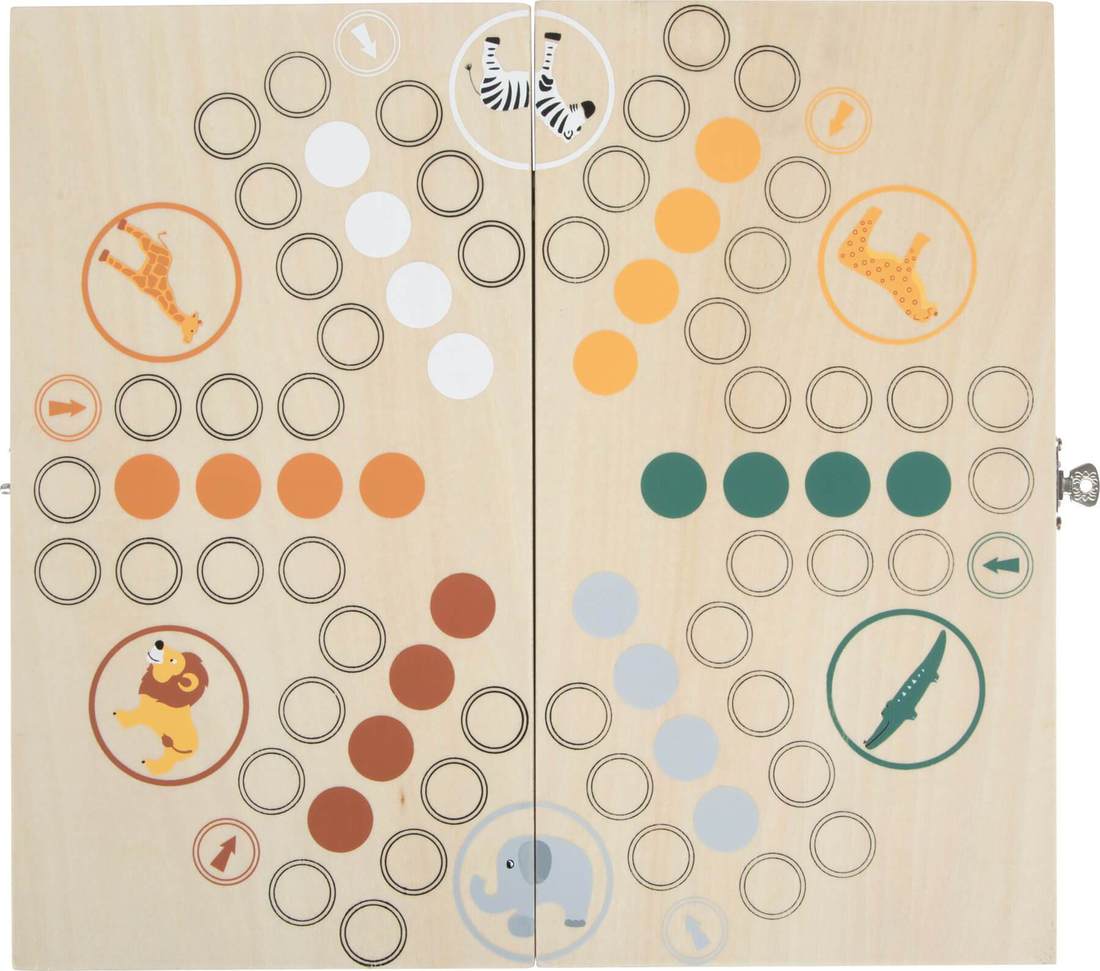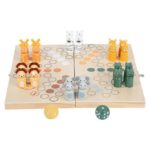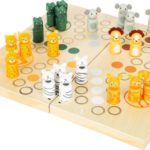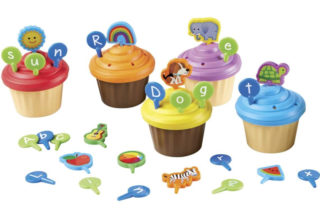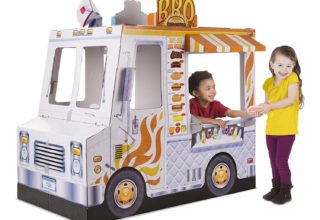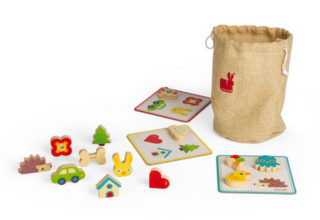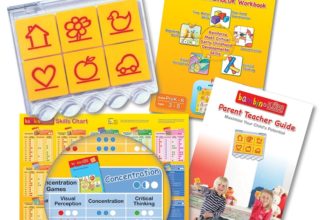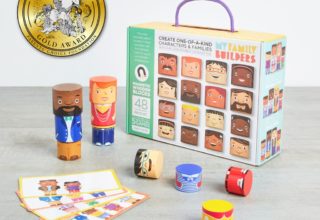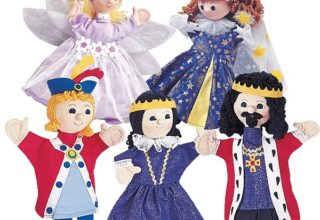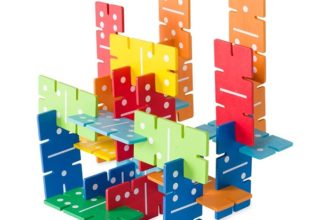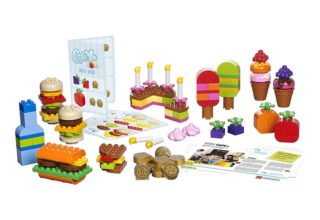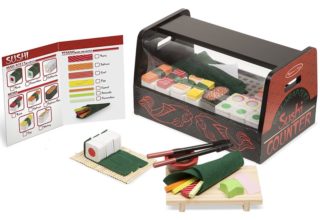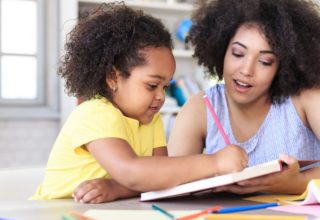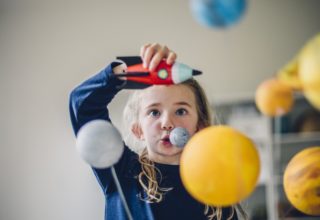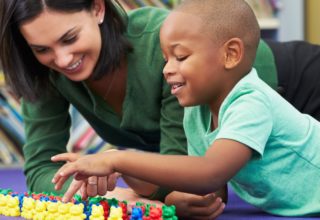A sweet take on a classic game. The novel figurines (felt ears! felt manes!) amp things up. A great family game that encourages taking turns, learning to count and 1:1 correspondence. Ideal gift for siblings.
A fun way of learning letter recognition and letter sounds. Party toppers are also dynamite for practicing the pincer grasp....
A cozy cocoon for swinging and spinning – or getting into that mental “just right space”. Loved by occupational therapists...
BBQ theme on one side, ice cream on the other. Yes, it’s true! Thank goodness for artful details. Take it...
A clever take on the conventional memory game. Players use their sense of touch and fine motor skills to manipulate...
It’s impossible to stop gawking! Use the inquiry approach with this intro to science. Works well with The Big Book of...
A play + learn system that develops memory, concentration, visual perception, logic, language and math skills. Developed in Germany; used...
Just like your child, just like your family; create your one-of-a-kind character.
Work through big feelings with this character set. Or try modeling behavior with Jolly Helpers.
Clever new take on a traditional game. Fun fact: 3D spatial skills are foundational for engineering and design. Just as...
Spark conversation and make sense of the world. Practice social skills over a cup of tea. Sure to warm any...
Proof that math is creative! A unique way to learn math in context. Sorting, matching, organizing – all early math...
A very grown-up dining experience; bonus points for building fine motor skills.
One of the most frequent complaints we get from parents is around whining. We get it – even as teachers....
It’s hard to know what you don’t know as your child embarks on their learning journey and enters Kindergarten. Sure,...
“Is my child ready for Kindergarten? What does that even mean?” Here’s my high-level perspective as a parent + teacher...
Discover how discipline and punishment differ in practice.
*Yet* – Three letters that may change your child’s outlook on life, even among the youngest learners. Learn how the...
It’s normal to hear your child experimenting with dramatic language at around age 4 (e.g., talking back, harsh tones of...
“It’s not about how smart you are, it’s about how you are smart.” -Howard Gardner
Make a go-to place for your child to find comfort and safety when their internal engines feel out-of-sorts. Whether you...
Many parents are eager to teach their children basic number concepts at a young age. For a 2-year old, exposure...
“I think I have a sense for Kindergarten readiness, now how can I support my child to get there?” Keep...
At around age 4, you may see all sorts of dramatic language changes – talking back, harsh tones of voice,...
In the heat of an emotional meltdown, it’s hard to remember what to do. So we use *SKOR* for quick recall....
